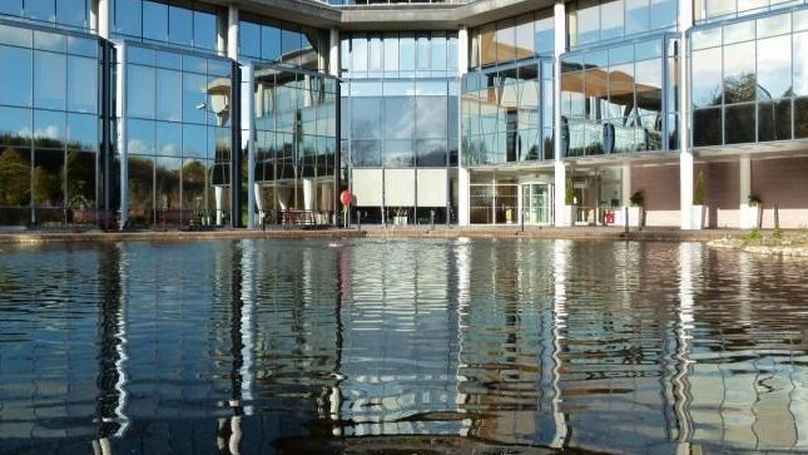A commercial lease re-gear can provide a valuable opportunity to achieve a property solution which is beneficial to both occupiers and landlords.
For the occupier, it is often the most cost effective solution while also giving business continuity and certainty for the future. For the landlord, it means preservation of rental income, mitigation of void holding costs and hence protection of the investment value.
The tenant’s process normally starts with a review of future business needs, including staff projections, changing working practices such as agile working, efficient space planning, staff amenity, transport requirements, parking etc.
Occupiers are often surprised at the ‘hidden’ costs associated with relocation, including their terminal dilapidations liability, which can be an eye-watering sum depending on how long the tenant has been in occupation.
The opportunity to secure better terms, relinquish or acquire more space depending on projected requirements, and defer terminal dilapidations while securing an incentive package can amount to a very compelling case for staying rather than leaving.
Equally, landlords often underestimate the time it can take to re-let space if a tenant fails to renew their lease. The loss of rent is only part of the hit as it is accompanied by the landlord’s liability for void rates, service charge, insurance etc. on the space vacated.
In addition, a landlord may have to refurbish the offices before re-letting as dilapidations will not normally be sufficient.
The lack of security of tenure in Scotland coupled with the well documented supply shortage in the prime office and industrial sectors - particularly in Edinburgh and Glasgow - has concentrated minds and an increasing number of lease re-gears are happening as parties recognise the compelling financial and practical benefits. The key is to start thinking about options as early as possible.
Incentives can include rent free, rent adjustment, a capital contribution or the offer of refurbishment. One size does not fit all and this needs to be discussed frankly, albeit the level of any incentive is directly linked to the covenant strength of the tenant and length of term certain being offered.
The legal work involved in a re-gear is normally very straightforward and hence much cheaper for everyone as it should be limited to a Minute of Variation. There will be Land and Buildings Transaction Tax (LBTT) on the extended lease, a cost which has to be borne by the tenant.
Acting as Asset Manager for the landlords, I have recently agreed a lease re-gear with VWS Westgarth at Orbital House in East Kilbride. Westgarth occupies c20,000 sq ft of open plan offices and, following a series of discussions, the parties agreed that in exchange for extending the existing lease to 2030, with a tenant break in 2025, the landlord would replace the M&E system serving the tenant’s offices.
This is a prime example of a landlord working with an important tenant to establish whether there were any particular issues which might affect their decision to re-gear the lease. In this case it was the tenant’s air conditioning system. This system was the tenant’s responsibility to maintain but nevertheless we identified that if this could be replaced the tenant would be happy to extend the lease for a further 10 years.
This has been a complex project given that we were replacing an entire system while the tenant was in occupation. A huge amount of time went into the forward planning of this project by the landlord’s team in conjunction with the tenant to ensure that any disruption was kept to a minimum and, crucially, to ensure effective continuity of the occupier’s business operation throughout.
The Building Surveying Team at Galbraith project managed the contract, which was delivered ahead of time and on budget.
Our next project, acting on behalf of the landlord, involves another multi-let office building in the North of England. Again, the landlord has agreed to replace the M&E system throughout the building in exchange for all three tenants re-gearing their leases.
A lease re-gear generates opportunities for both the tenant and the landlord. Typically, tenants who are generally happy with their premises are more likely to want to make a longer-term commitment and ensure business security than risk the uncertainty and costs associated with moving to new property. Prudent landlords should understand the benefit of tenant retention.

